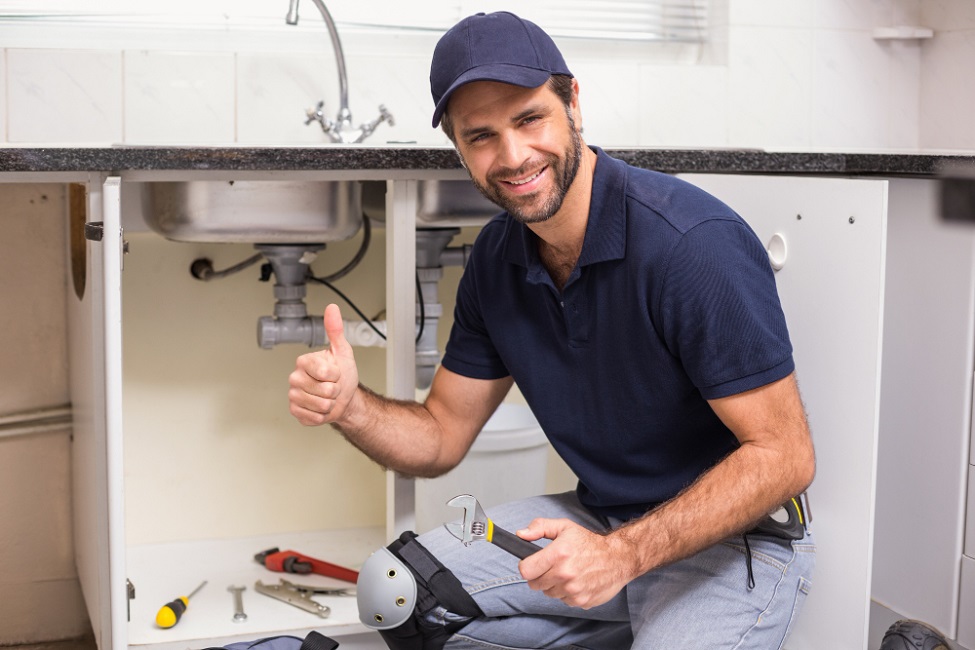
If there is a moment in life where you can enjoy and forget about all your worries and stresses, it is when taking a steaming shower. However, nothing spoils this blissful moment like low water pressure.
Low shower water pressure is either a normal occurrence or happens without warning. Sometimes, it happens so gradually that you don’t even notice that the water pressure has decreased. When this happens, it causes inconveniences to all users.
Why do You Need High Water Pressure in Your Home?
For the water to flow through the pipes in your home, it requires a certain amount of pressure. This pressure is due to energy, either static or kinetic, without which the liquid won’t flow. It gives the liquid the velocity needed to flow. Low pressure invites less flow and less velocity, which will never allow you to enjoy the shower. It won’t even let the container fill in time.
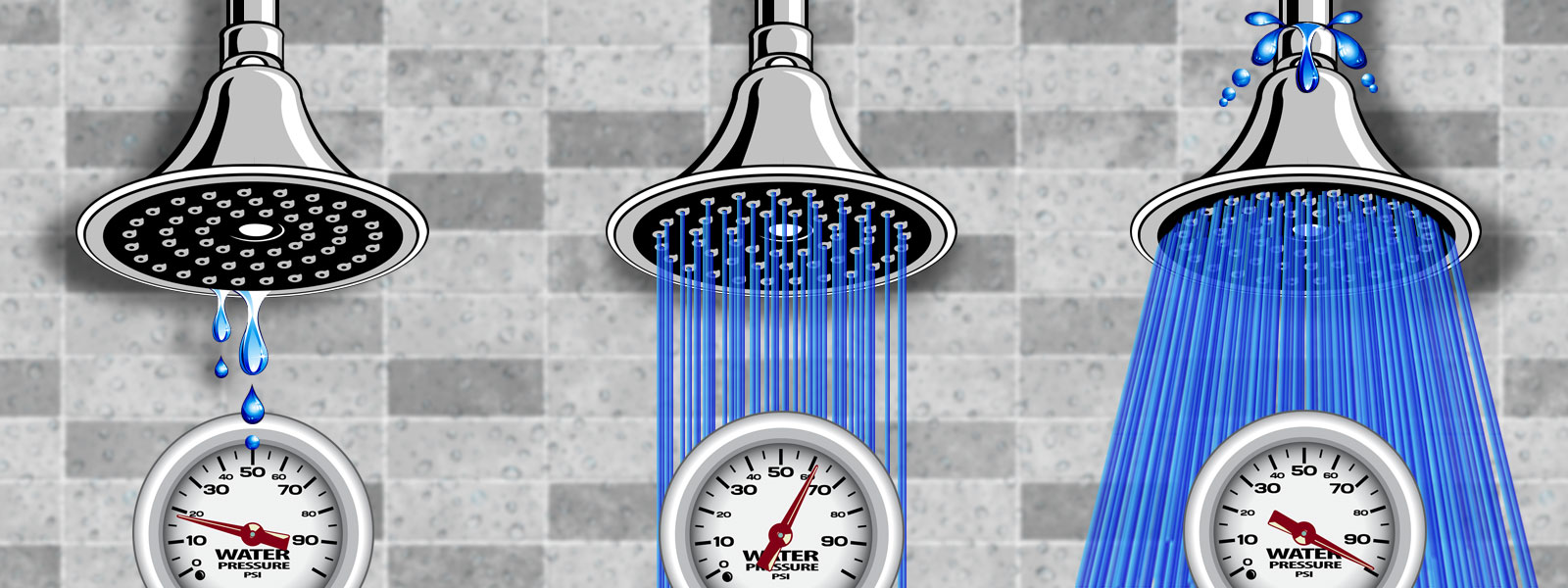
Normally you need 0.5 kg/cm2 of pressure i.e. a head of 5m at the tap end and 1 kg/cm2 i.e. 10m of the head in the shower. The pressure will depend on the location of the source of the water supply. If it is direct from the municipal supply, the water tank should be at a height and if it is being pumped, the pump must have the capacity to reach your upper floor after encountering all the losses.
The water supply is from an overhead tank on your terrace, the height of the water tank above your shower point must be a minimum of 5m, preferably 10m, to offer adequate pressure. Therefore, if you are on the storey right below the terrace, you will always face the water pressure problems unless it is solved mechanically.
Where you do not have adequate height, you do not have any other option but to install a “pressure pump”, which is a booster pump to augment the water pressure in the supply lines. The size and capacity of such a pump will depend upon the diameter of the supply pipe and the number of connections to be served i.e. flow in litres/min.
Now, let’s learn how to identify the cause of low pressure and how to increase water pressure in the shower.
What are the Causes of Low Shower Water Pressure?
Is your shower water pressure becoming limp? Are you wondering what the cause might be and how to increase water pressure in the shower ASAP? Keep reading to find out how to improve shower pressure.
There are 5 main causes of low shower water pressure in your bathroom.
Cause – 1: A Clogged Showerhead will Reduce Shower Pressure
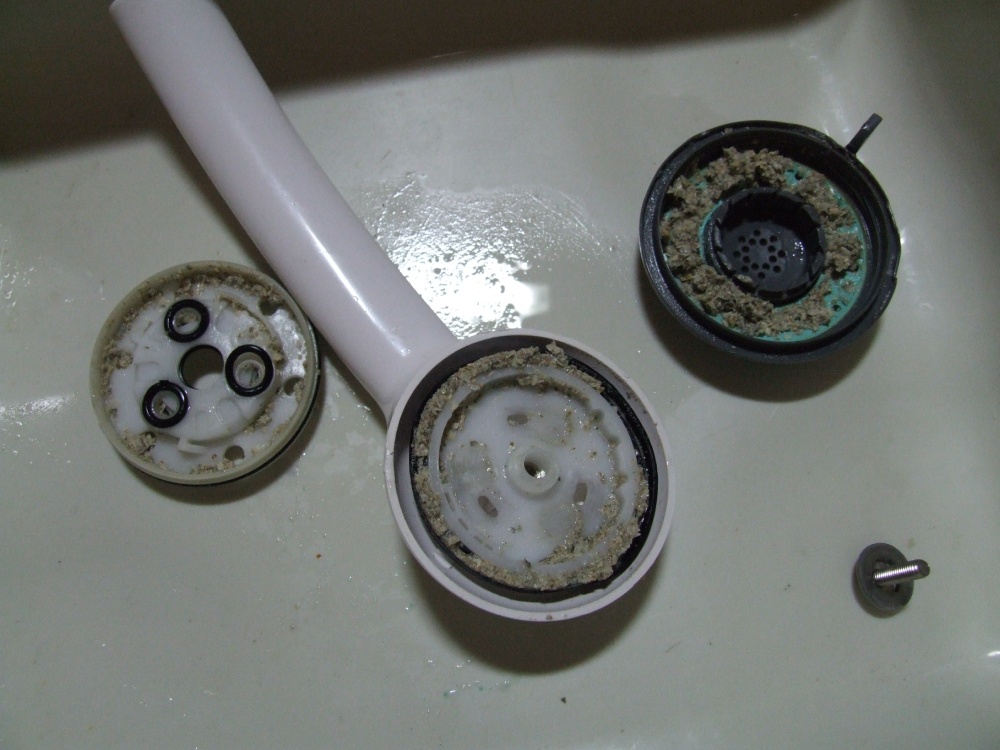
If your home has good water pressure everywhere except for your shower, then the problem is with the showerhead. Over time, showerheads get clogged with dust, debris, sediment, and other mineral salts. Here, the cause is not an absence of water pressure, but an obstructed flow, which you need to clear for the water to flow in enough quantity at the desired velocity and pressure. To clear the obstruction, all you need is a cup of vinegar, a zip tie, an old toothbrush, a plastic bag, and a pair of scissors.
Fill the plastic bag with vinegar and tie it around the showerhead. Leave it overnight and remove it the following day. Clean the leftover debris using an old toothbrush and run water for a few minutes. If this doesn’t work, try the other methods listed below.
Cause – 2: Mineral Accumulation Within Pipes Can Cause Low Pressure in Shower
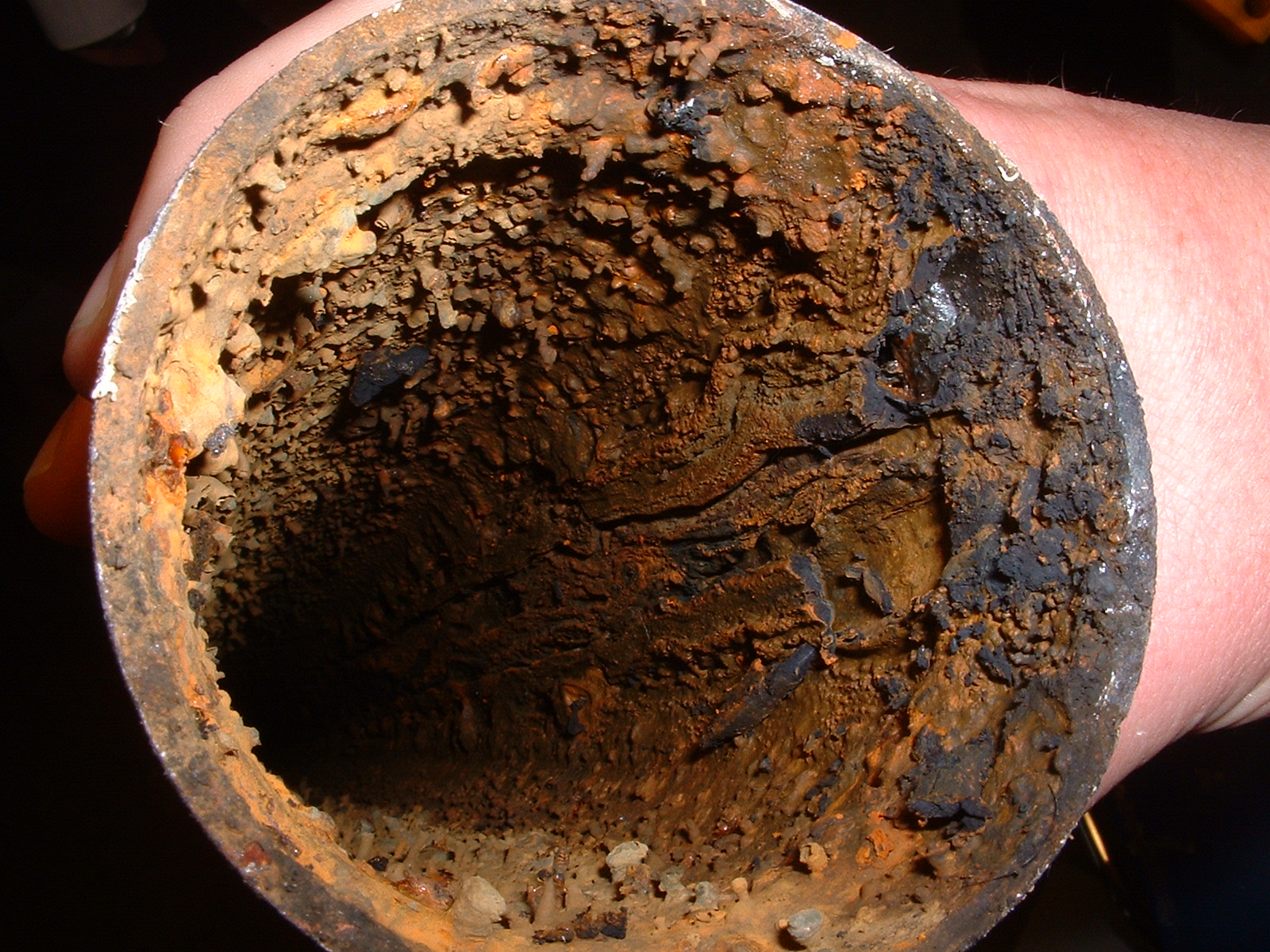
Minerals tend to accumulate in old and outdated galvanized pipes leading to increased resistance and low shower water pressure. If this is the cause of the low water pressure in your shower, replace the pipes as there’s nothing you can do to remove the mineral deposits in them. If the pipes are concealed, this will be a nightmare and a daunting task, apart from being frustrating and tiring.
Cause – 3: Pipe Leaks are Another Reason for Low Shower Pressure

If you have tried all other means to identify the cause of the low shower water pressure but it has all been in vain, then there is a high chance that the cause is a pipe leak somewhere which might be hidden from view.
Pipe leaks not only damage your home’s surroundings but also reduce the water pressure in the showers and taps in your home. To avoid this, ensure that you have a regular inspection of your water pipes. Video inspection equipment will go a long way in finding these hidden leaks.
You will also need to inspect your home’s entire plumbing system regularly. To know what you need to check, read this other article by Gharpedia:
Cause – 4: Faulty Pressure Regulator Devices
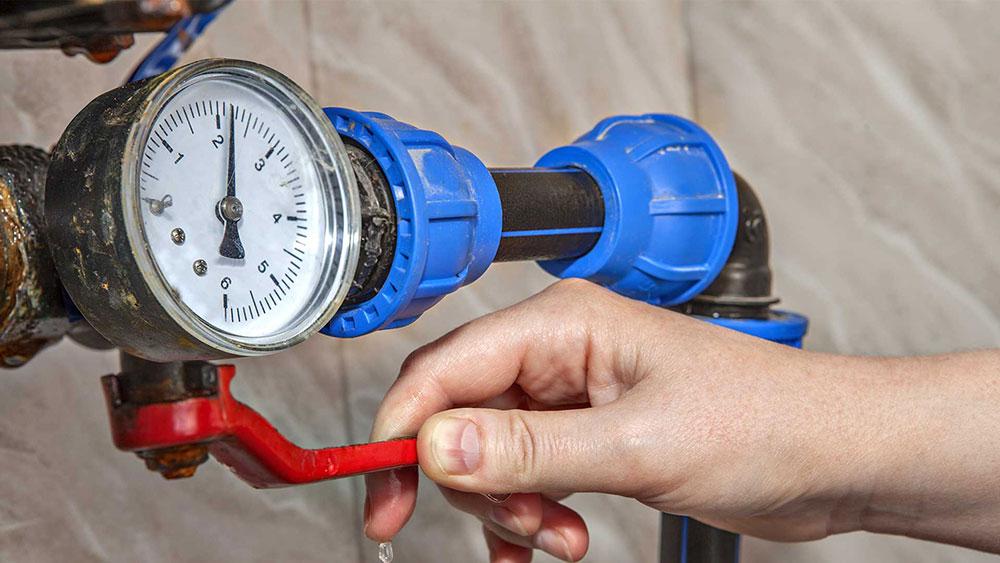
If your shower pressure has dropped abruptly without reason, check your home’s water pressure regulator, which is generally set to maintain the water pressure between 40 and 60 psi – i.e. 2.5 kg/cm2 to 4 kg/cm2, as it might be malfunctioning. If it is malfunctioning, fix the problem or install a new one to solve the issue once and for all.
Cause – 5: Accidental Shutoff of Home Water Valves
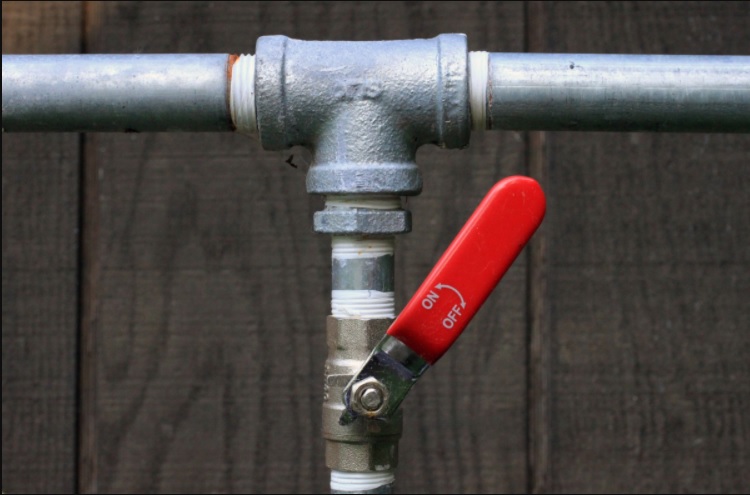
If your water pressure has dropped but the pressure regulator devices are working fine, the cause of the low shower water pressure might be an accidental shutoff of the water valves in your home, especially the main control valves of your home’s water (typically located in a home’s shower meter box).
If this is the case, locate your home water valve and set it to the ‘on’ position. Even if the valve is accidentally pushed slightly to the “off” position, it can significantly affect the water pressure in your shower. The good thing about this issue is that it’s easy to fix.
How to Increase Water Pressure in the Shower?
Resolving low water pressure issues in your shower is a simple step-by-step thing. You only need to follow the five tips mentioned below, and you can solve the problem by spending almost nothing.
01. Clean the Showerhead to Improve Water Pressure of Shower

Overtime, showerheads can get blocked with mineral and lime scale deposits, causing the water flow to come to a trickle despite the rest of your home’s water pressure being comfortable. In this case, you will need to unscrew the showerhead and clean out all deposit from the inside.
To ensure that there are no blockages, clean the filter and the rubber nozzles. You can use a toothbrush or anything similar in this operation since most modern shower heads don’t need any special equipment to clean them; they’re designed in such a way that they can even be cleaned with fingers.
02. Turn Off Other Appliances While Using Shower to Get Proper Water Pressure
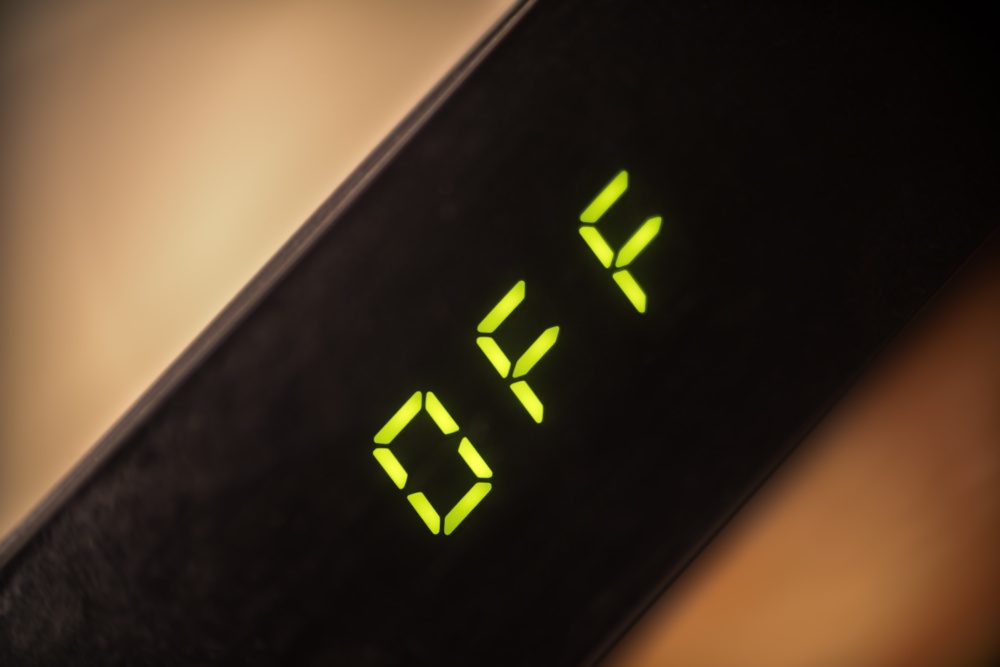
If you’re taking a shower while the washing machine and/or dishwasher are still running, then you’re placing increased demands on the supply of water. If your water pressure is not above the normal level, taking a shower while multiple water-utilizing appliances are running will worsen the problem, reducing the shower water pressure to a trickle.
However, if you’re living in a house where the water pressure is superb i.e. above 1.5 kg/cm2 to 2 kg/cm2, this won’t matter. Always ensure that you reduce the water supply demands when taking a shower to fix your shower water pressure issue.
03. Check If the Valve is Fully Open to Improve Shower Water Pressure

If you’ve moved into a new home, it’s always good to confirm if the main shutoff valve is opened fully. Sometimes the water valve can be shut off by the plumbers who then forget to turn it on after completing their job.
If you can’t locate the main shut-off valve, check where the mains system enters your home. It will probably have a red lever. Ensure that it is open entirely, and recheck your water pressure to see if it has made a difference.
04. Check for a Flow Restrictor on Shower
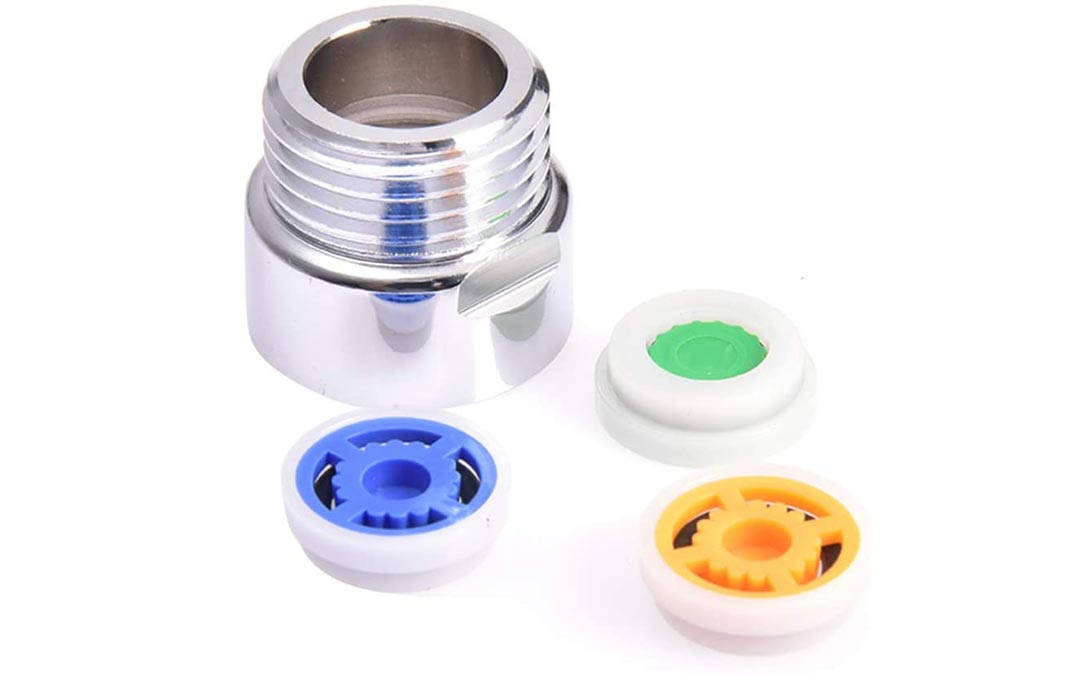
Nowadays, most showerhead manufacturers incorporate flow restrictors partly into their designs to help customers reduce their water bills. However, if your home already suffers from low water pressure issues, a flow restrictor would reduce the already inadequate flow to a pathetic trickle.
Ensure that you refer to the user manual, which comes with the showerhead, to find out how to remove the restrictor. After this is done, put the showerhead into place, and check if the water flow has improved.
You can use a flow meter to check the water pressure of the shower. To know more about flow meters, read here.
05. Install a Shower Pump to Improve Water Pressure in Shower
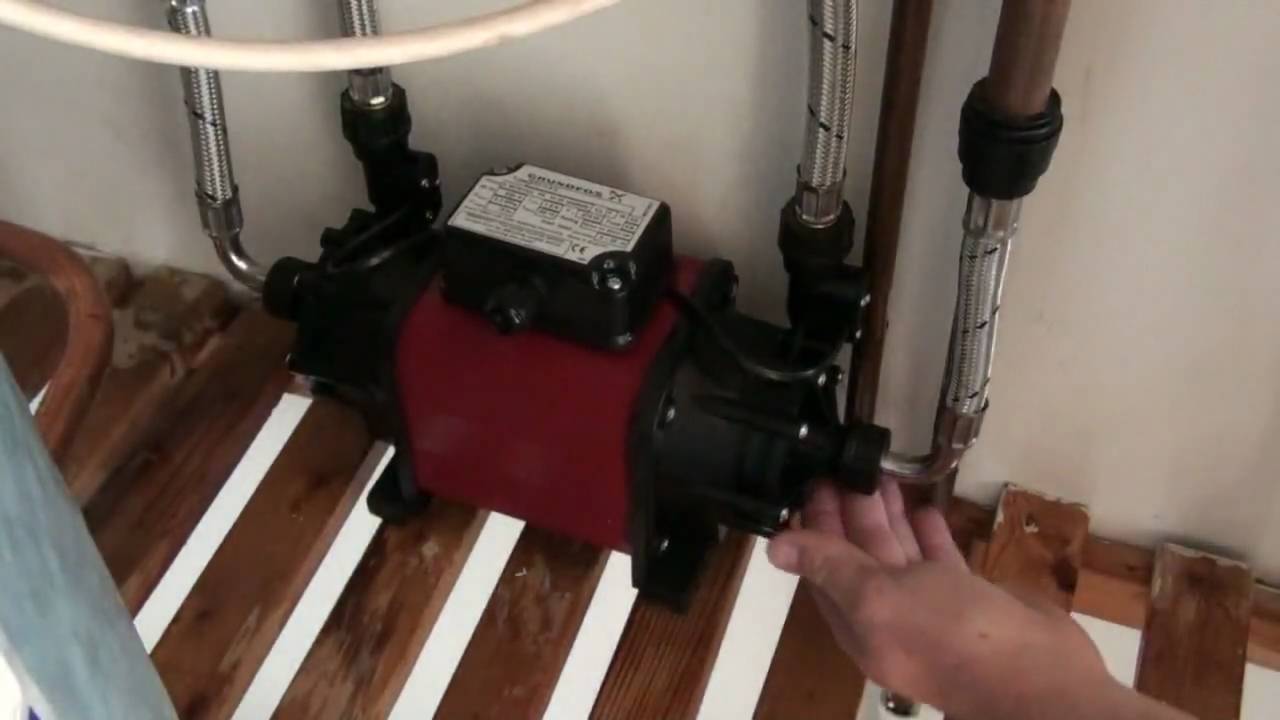
Have you tried all the other methods to improve your shower water pressure in vain? If yes, you’ll have to try this one option that will cost you a little more- a shower pump.
Although a new pump will cost you more than a low-pressure shower head, it will get the job done.
Now that we have given you all the information you need to improve your water shower pressure, the ball is in your court. Play it safe to ensure that your shower water pressure will no longer be a problem in your home.We hope these tips on how to increase water pressure in the shower will help you get the right water pressure in the shower.
Apart from the shower’s inadequate water pressure, many plumbing issues arise in the home. Check which are those plumbing issues.
Image Courtesy: Image 2, Image 6, Image 8, Image 11, Image 12
Author Bio
Jennifer Kiminza – Jennifer Kiminza is a content writer and content marketing professional at Hub Spot, an inbound marketing and sales platform that helps companies attract visitors, convert leads, and close customers. Previously, Jennifer worked as a marketing manager for a tech software startup. She graduated with honors from Nairobi University with a dual degree in Business Administration and Creative Writing.


